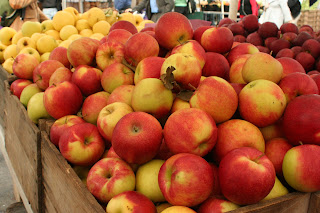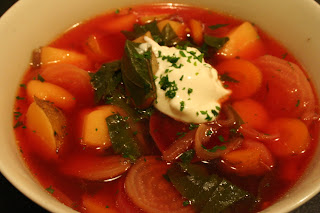
ah yes, the weather is certainly beginning to look frightful. the other night upon returning home from work there was actually snow blanketing all the cars, and it was cold enough to have stuck through to morning! with this cold weather we’re left craving heartier foods - warmer and a bit fattier - our instincts kicking in to keep us warm through the cold season. winter at my house comes with batch after batch of homemade granola – some for us to nibble on, the rest put in large mason jars and given away as holiday gifts. it’s extremely easy to make, there are endless ways to play with the ingredients, and it tastes infinitely better than any store-bought brand you can find. this particular recipe (please, play with it according to your own tastes) is based on my brother Josh’s delicious granola – the candied ginger is the not-so-secret-anymore ingredient and gives it the perfect kick.

as with anything, the more processed oats are the less nutrients they offer. rolled oats are not as nutritious as whole or steel-cut oats, but still retain more nutrients than other refined wheat products, and certainly more than instant oatmeal. oats are a natural choice during the winter, probably because – as stated in Rebecca Woods’ “The New Whole Foods Encyclopedia” – they “impart stamina and warmth” as well as “improve resistance to stress and thus support the system being in a healthy state of balance.” they also help to soothe the nervous system and stabilize blood sugar.
flax seeds, which I also love to sprinkle over salads, are the highest source of omega 3 fatty acids, but this can only be taken in if they’re thoroughly ground up, and is killed off altogether in cooking. grind them up and then sprinkle them over your granola, or simply use them whole (as the recipe states) and use your natural grinders – your teeth….chew well to release the fatty acids. flax seeds also offer antibacterial and anticancer properties, and help promote digestion.
enjoy your warming winter granola and go have some fun in the snow!
Warming Winter Granola
3 cups rolled oats
1 cup mixed nuts, chopped well (pistachios, cashews, almonds & walnuts all work well)
¼ cup sunflower seeds
¼ cup pumpkin seeds
1 tablespoon wheat germ
1 tablespoon cinnamon
1 teaspoon sea salt
½ cup maple syrup
¼ cup canola oil
2 tablespoons raw honey
2 teaspoons pure vanilla extract
½ cup candied ginger, minced
3 tablespoons flax seeds
½ cup coconut flakes, unsweetened
1 ½ cups mixed dried fruit, chopped (I used dried strawberries and cranberries here)
- Preheat oven to 350. In a large bowl combine oats with nuts, seeds, wheat germ, cinnamon and salt. Set aside.
- In a small saucepan, warm canola oil on low heat. Once warm add maple syrup and whisk to incorporate. Remove from heat and add honey and vanilla extract. Pour over oat mixture and immediately stir well, coating all of the oat mixture. (At this point taste your granola and make any seasoning additions you think necessary. If you don’t like the taste now you might not like it when it’s done!)
- Spread evenly onto rimmed baking sheet. Bake for 25-30 minutes, stirring once or twice so as not to burn around the edges. Remove from oven once golden.
- Allow to cool completely, then mix in remaining ingredients. Enjoy with yogurt, milk, or on its own!

































